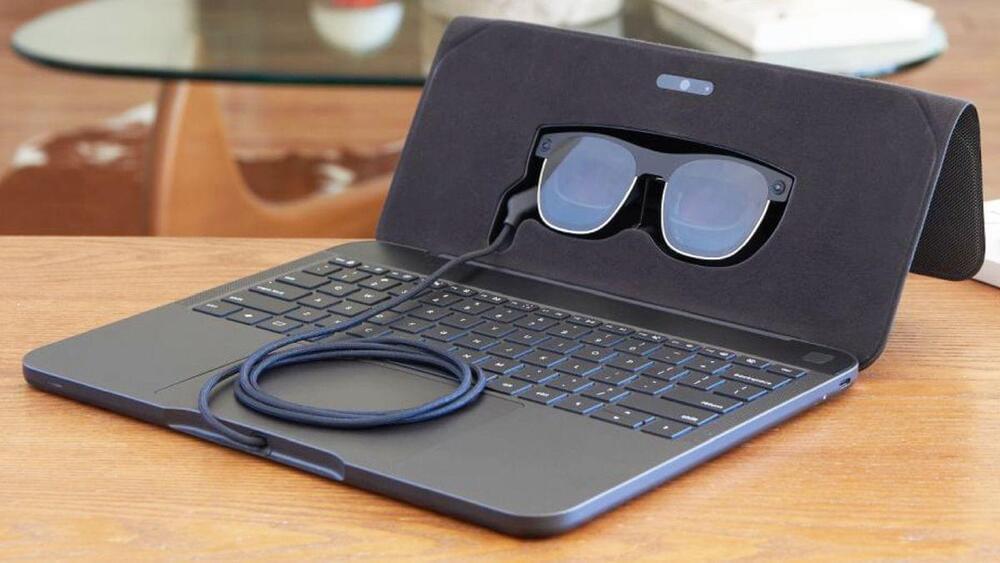As part of the 2024 Prostate Cancer Patient Conference, Dr. Eric Small discusses systemic therapy treatment in advanced prostate cancer, including AR-targeted therapy. The presentation includes definitions of disease states, categories of treatment types, and standards in treatment selection.
Recorded on 03/09/2024. [Show ID: 39768]
Donate to UCTV to support informative \& inspiring programming:
https://www.uctv.tv/donate.
Please Note: Knowledge about health and medicine is constantly evolving. This information may become out of date.
More videos from: Prostate Cancer Patient Conference.
(https://www.uctv.tv/prostate-cancer-c…)
Explore More Health \& Medicine on UCTV
(https://www.uctv.tv/health)
UCTV features the latest in health and medicine from University of California medical schools. Find the information you need on cancer, transplantation, obesity, disease and much more.
UCTV is the broadcast and online media platform of the University of California, featuring programming from its ten campuses, three national labs and affiliated research institutions. UCTV explores a broad spectrum of subjects for a general audience, including science, health and medicine, public affairs, humanities, arts and music, business, education, and agriculture. Launched in January 2000, UCTV embraces the core missions of the University of California — teaching, research, and public service – by providing quality, in-depth television far beyond the campus borders to inquisitive viewers around the world.






